- About us
- Support the Gallery
- Venue hire
- Publications
- Research library
- Organisation chart
- Employment
- Contact us
- Make a booking
- Onsite programs
- Online programs
- School visit information
- Learning resources
- Little Darlings
- Professional learning
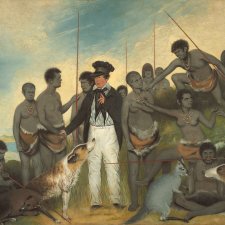
Gareth Knapman explores the politics and opportunism behind the portraits of Tasmania’s Black War.
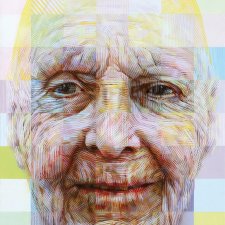
Every face is different and every face is fascinating, but I find an elderly one particularly intriguing.
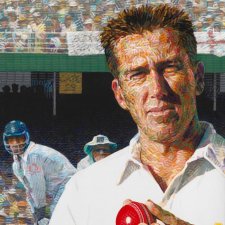
Glenn McGrath makes a strong impact on the English batsmen and the walls of the National Portrait Gallery.
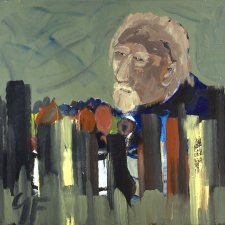
George Foxhill's self portraits were the subject of a small focus display at the National Portrait Gallery in 2006.
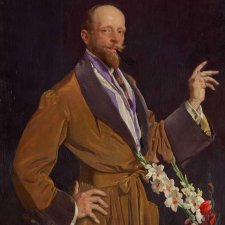
The story behind George Lambert's Self-portrait with Gladioli.

Former NPG Director, Andrew Sayers describes the 1922 Self-portrait with Gladioli by George Lambert.

Andrew Sayers discusses the real cost of George Lambert's Self portrait with gladioli 1922.
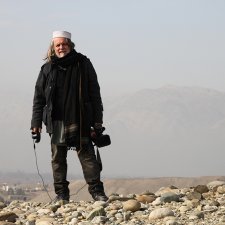
Tedi Bills talks to George Gittoes about canvassing conflict.
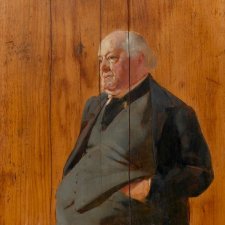
George Selth Coppin (1819-1906) comedian, impresario and entrepreneur, was a driving force of the early Australian theatre.
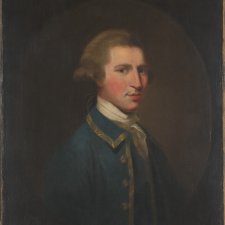
Grace Carroll discusses the portrait of the late-eighteenth century gentleman pickpocket George Barrington.

Peter Ciemitis breached regulations when creating the portrait of the polymath environmental scientist George Seddon.
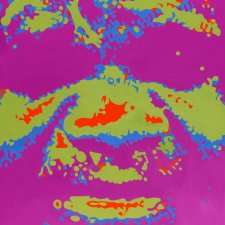
Chris Chapman explains how Matthys Gerber bridges the gap between abstraction and portraiture.
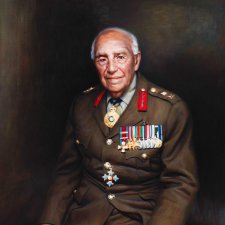
Portrait launch of Major-General Paul Cullen AC CBE DSO and Bar ED (Rtd) and George Judah Cohen.
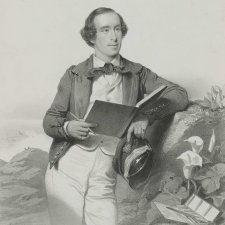
Dr Sarah Engledow explores the lives of Sir George Grey and his wife Eliza, the subjects of a pair of wax medallions in the National Portrait Gallery's collection.
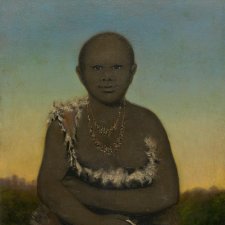
English artist Benjamin Duterrau took up the cause of the Indigenous peoples of Tasmania with his detailed and sympathetic renderings.
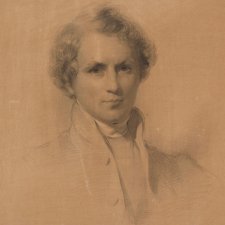
Jessica Smith looks at the 'fetching' portrait of Tasmania's first Anglican Bishop, Francis Russell Nixon by George Richmond
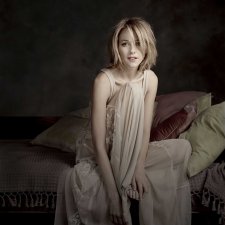
Peter Brew-Bevan discusses two experiences where his plans for his portraits produced surprising results.
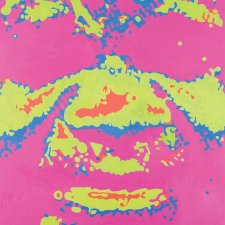
This issue of Portrait Magazine features Matthew Perceval, Tom Uren, George Tjungurrayi, silhouette portraiture, pop art portraits and more.
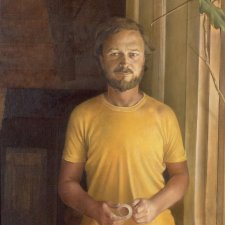
This issue of Portrait Magazine features Margaret Cameron, the 'Truth and Likeness' exhibition, Reg Mombassa, Patrick White, George Foxhill and more.
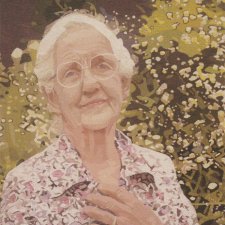
This issue of Portrait Magazine features articles on Dame Elisabeth Murdoch, George Lambert's self-portrait, Professor Peter Doherty, the man behind the Dr. Who theme, and more.
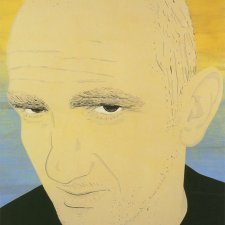
This issue of Portrait Magazine features Nancy Wake, Jon Campbell's portrait of Paul Kelly, George Selth Coppin, Henri Cartier-Bresson and more.
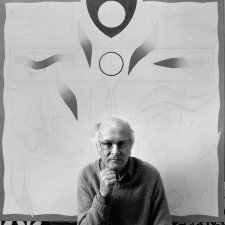
Pat Corrigan's generous gift of 100 photographic portraits by Greg Weight.
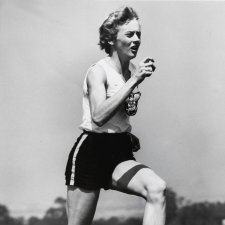
Former NPG Deputy Director, Simon Elliott talks with Ern McQuillan about his life and career as a sports photographer.
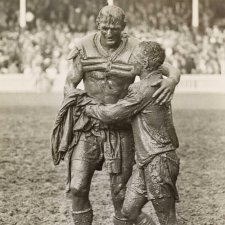
Michael Desmond discusses the iconic picture of two Rugby League players which became known as 'The Gladiators'.
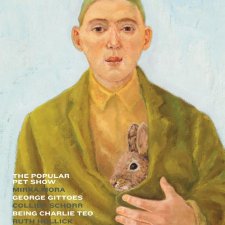
Explore convict art, photography by Ruth Hollick and Collier Schorr, an interview with neurosurgeon Charlie Teo, portraiture on money, and more!
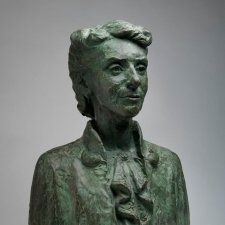
The then Minister for the Arts and Sport, Rod Kemp, reflects on the value of the Cultural Gifts Program.
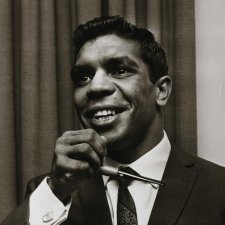
Two lively portrait photographs reflect the agility of their subjects: world champion Australian sportsmen Lionel Rose and Anthony Mundine.
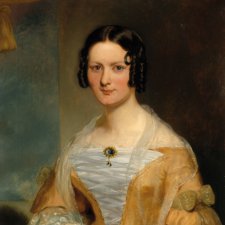
Henry Mundy's portraits flesh out notions of propriety and good taste in a convict colony.
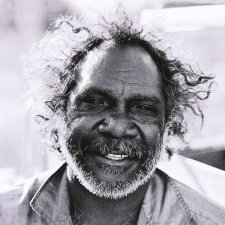
Djon Mundine OAM brings poignant memory and context to Martin van der Wal’s 1986 portrait photographs of storied Aboriginal artists.
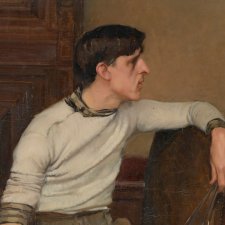
Former NPG Director, Andrew Sayers, explores the creative collaborations between four Australian artists living in Paris during the first years of the twentieth century.
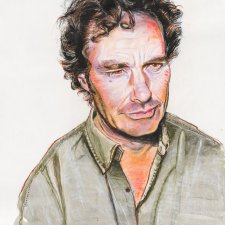
Michael Desmond profiles the Australian songwriter and performer Neil Murray and his contribution to Australian music.
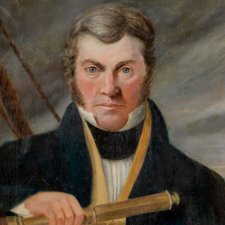
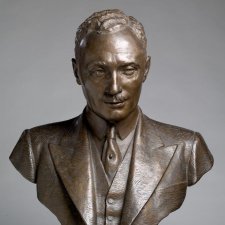
Australia's tradition of sculpted portraits stretches back to the early decades of the nineteenth century and continues to sustain a group of dedicated sculptors.
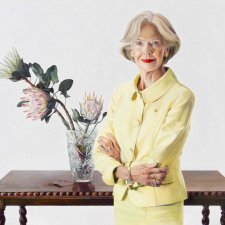
Susi Muddiman delights in Michael Zavros’ stunning portrait of the honourable Dame Quentin Bryce AD CVO.
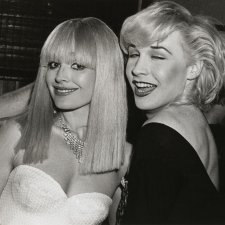
Glynis Jones on the Powerhouse’s retrospective of one of Australia’s foremost fashion reportage and social photographers.
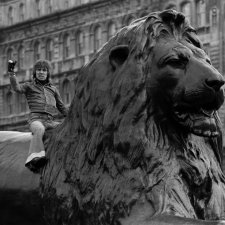
Stevie Wright (1947-2015), singer-songwriter, came to Australia from England at the age of nine.
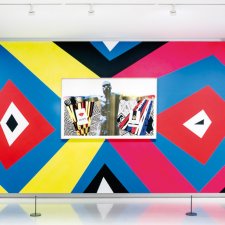
Brook Andrew, Marcia Langton and Anthony Mundine.
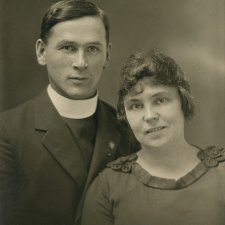
Tamsin Hong recounts the tale of Marion Smith, the only known Australian Indigenous servicewoman of World War One.
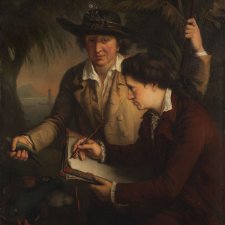
The portrait of Dr. Johann Reinhold Forster and his son George Forster from 1780, is one of the oldest in the NPG's collection.
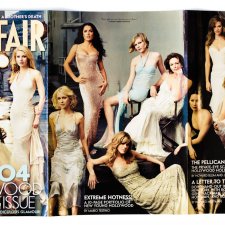
Michael Desmond looks at the history of the Vanity Fair magazine in conjunction with the exhibition Vanity Fair Portraits: Photographs 1913-2008
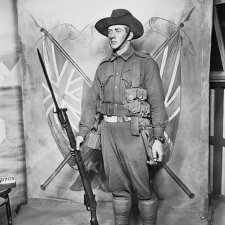
Karl James reflects on soldier portraiture during the Great War.
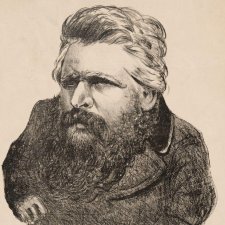
Joanna Gilmour on Tom Durkin playing with Melbourne's manhood.
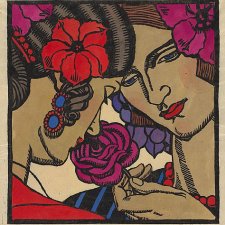
The world of Thea Proctor was the National Portrait Gallery's second exhibition to follow the life of a single person, following Rarely Everage: The lives of Barry Humphries.
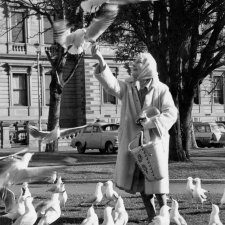
Anne Sanders celebrates the cinematic union of two pioneering australian women.
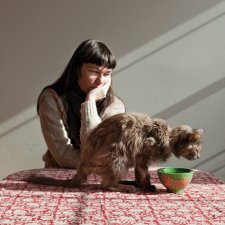
Joanna Gilmour on the National Photographic Portrait Prize 2013.
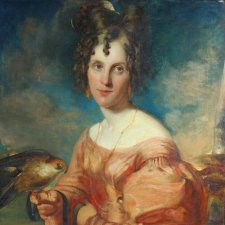
Charting a path from cockatiel to finch, Annette Twyman explores her family portraits and stories.
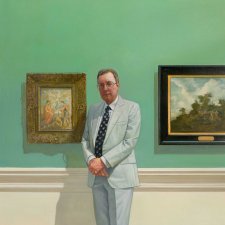
This article examines the portraits gifted to the National Portrait Gallery by Fairfax Holdings in 2003.
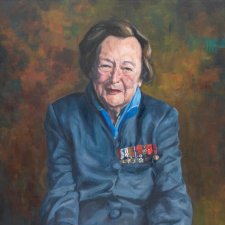
Nancy Wake AC (b. 1912), one of the most decorated women of World War 2, earned the name the 'White Mouse' for her maddening ability to evade the Gestapo.
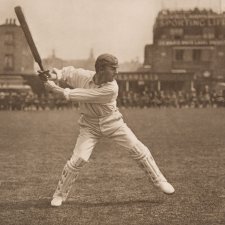
Gideon Haigh discusses portraits of Australian cricketers from the early 20th century
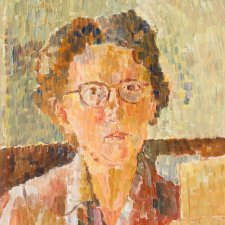
The National Portrait Gallery acquired the self-portrait by Grace Cossington Smith in 2003.
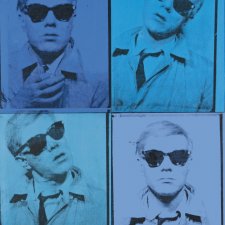
Jane Raffan investigates auction sales of self portraits nationally and internationally.
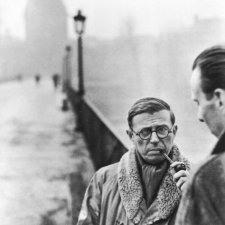
Henri-Cartier-Bresson invented the grammar for photographing life in the 20th century.
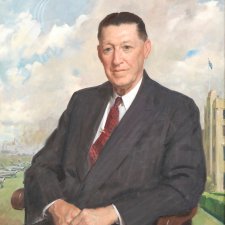
Aircraft designer, pilot and entrepreneur, Sir Lawrence Wackett rejoins friends and colleagues on the walls of the National Portrait Gallery.
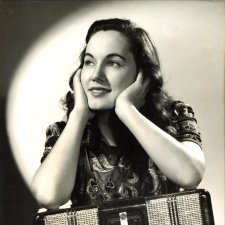
Tenille Hands explores a portrait prize gifted to the National Screen and Sound Archive.
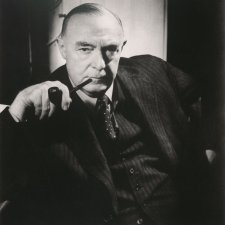
Johanna McMahon revels in history and mystery in pursuit of a suite of unknown portrait subjects.
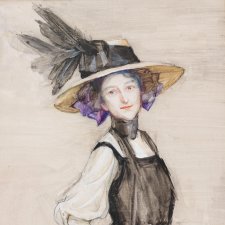
Bess Norriss Tait created miniature watercolour portraits full of character and life.
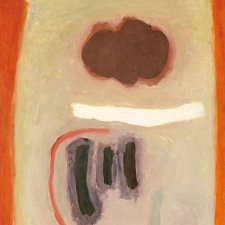
Joanna Gilmour explores the life and art of the Australian artist Janet Dawson.
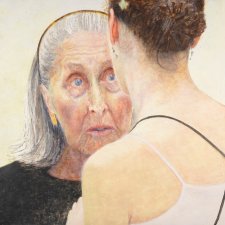
Michael Desmond explores the life of ballerina Irina Baranova through the portrait by Australian artist Jenny Sages.
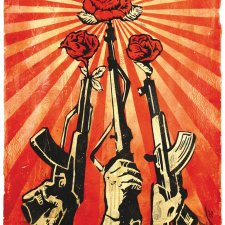
Michael Desmond investigates the street art of Shepard Fairey, who was catapulted to fame during the 2008 presidential election with his resonant image of Barack Obama.
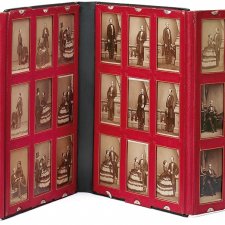
Joanna Gilmour discusses the role of the carte de visite in portraiture’s democratisation, and its harnessing by Victoria, the world’s first media monarch.
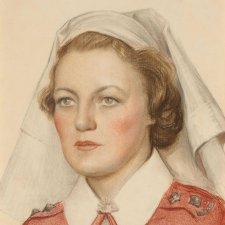
Michelle Fracaro examines the life of World War II nurse Margaret Anderson, whose portrait by Napier Waller is in the NPG collection.
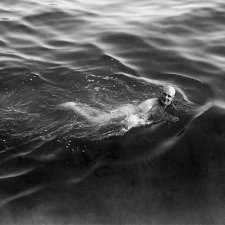
Projecting the splendour of the empire, and the resolve of its subjects, the bust of William Birdwood keeps a stiff upper lip in the National Portrait Gallery.
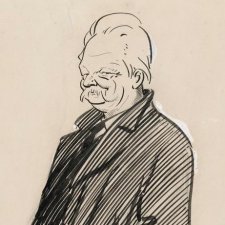
Dr. Sarah Engledow tells the story of Australia's first Federal statistician, Sir George Knibbs.
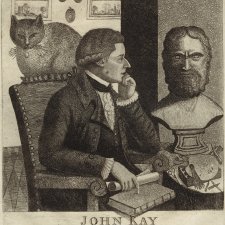
Joanna Gilmour presents John Kay’s portraits of a more infamous side of Edinburgh.
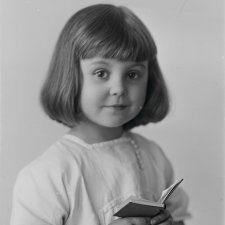
Angus Trumble gazes at the once bright star of photographer Ruth Hollick.
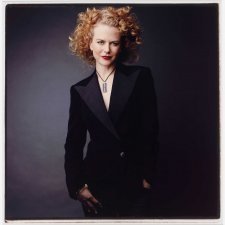
The exhibition Australians in Hollywood celebrated the achievements of Australians in the highly competitive American film industry.
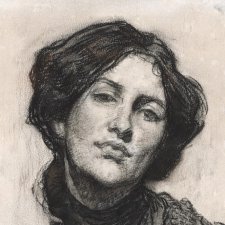
Long after the portraitist became indifferent to her, and died, a beguiling portrait hung over its subject.

Australian Galleries Director Stuart Purves tells the story of two portraits by John Brack.
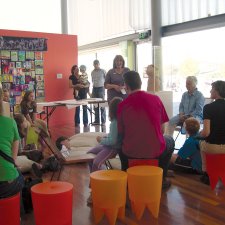
The National Portrait Gallery joins the Big Draw, a program dedicated to promoting drawing as a tool for thought, creativity, social and cultural engagement.
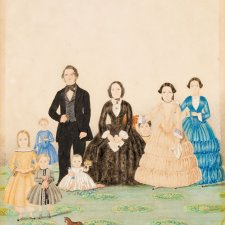
Jo Gilmour uncovers endearing authenticity in the art of a twice-transported Tasmanian.
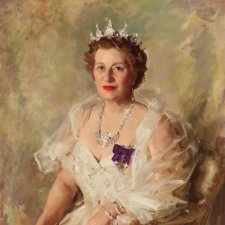
Angus Trumble treats the gallery’s collection with a dab hand.
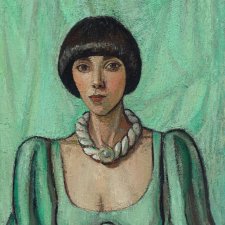
Elspeth Pitt chats with Archibald Prize-winning artist Yvette Coppersmith about performance, coincidences and the intersection of art and life.

Peter Jeffrey trips the hound nostalgic.
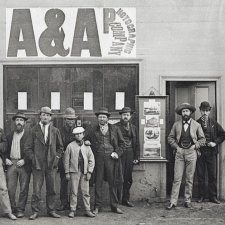
Joanna Gilmour explores the stories behind the ninteenth-century carte de visites of bushrangers Frank Gardiner and Fred Lowry.

Australian photographer Karin Catt has shot across the spectrum of celebrity, her subjects including rock stars, world leaders and actors.
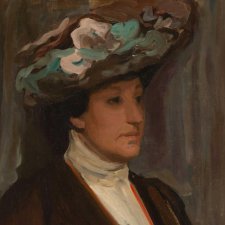
Three tiny sketches of Dame Nellie Melba in the NPG collection were created by the artist who was to go on to paint the most imposing representation of the singer: Rupert Bunny.
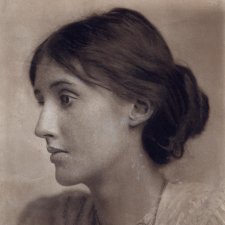
Inga Walton delves into the bohemian group of artists and writers who used each other as muses and transformed British culture.
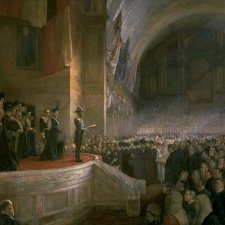
Celebrates the centenary of the first national art collection, the Historic Memorials Collection, housed at Australia's Parliament House.

In 2006 the National Portrait Gallery acquired a splendid portrait of Victoria's first governor, Lieutenant Governor Charles Joseph La Trobe by Thomas Woolner.
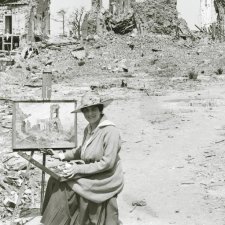
Dr Sarah Engledow traces the significant links between Antonio Dattilo-Rubbo and Evelyn Chapman through their portraits.

Andrew Sayers outlines the highlights of the National Portrait Gallery's display of portrait sculpture.
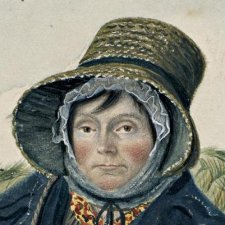
Dempsey’s People curator David Hansen chronicles a research tale replete with serendipity, adventure and Tasmanian tigers.
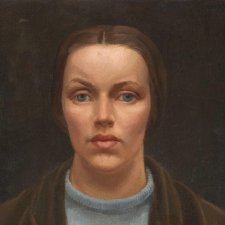
National Portrait Gallery director Karen Quinlan AM nominates her quintet of favourites from the collection, with early twentieth-century ‘selfies’ filling the roster.
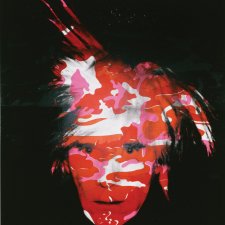
David Ward writes about the exhibition Hide/Seek: Difference and Desire in American Portraiture on display at the National Portrait Gallery, Washington.
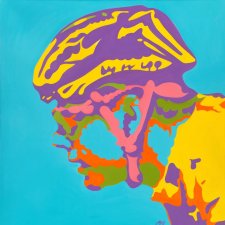
Alistair McGhie writes about the portraits of three of Australia's top professional cyclists: Cadel Evans, Stuart O'Grady and Robbie McEwen painted by Matthys Gerber.
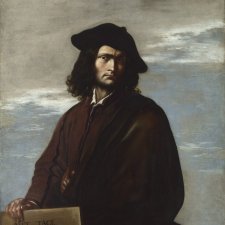
Andrew Sayers asks whether a portrait can truly be the examination of a life.
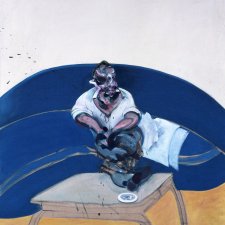
Michael Desmond explores the portraiture of Francis Bacon and Lucian Freud.

Close contemporaries, Thea Proctor, Margaret Preston and Grace Cossington Smith were frequently sources of inspiration and irritation to each other.
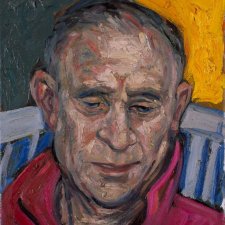
The exhibition Portraits for Posterity celebrates gifts to the Gallery, of purchases made with donated funds, and testifies to the generosity and community spirit of Australians.
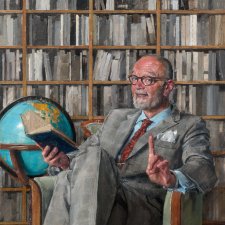
David Hansen’s tribute to his close friend, prince of words and former National Portrait Gallery director, the late Angus Trumble.
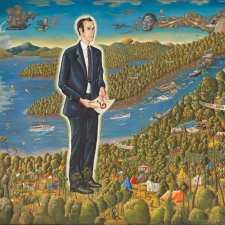
Michael Desmond explores the complex portrait of Dr Bob Brown by Harold 'The Kangaroo' Thornton.
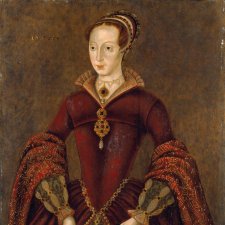
Traversing paint and pixels, Inga Walton examines portraits of select women in Tudors to Windsors: British Royal Portraits.
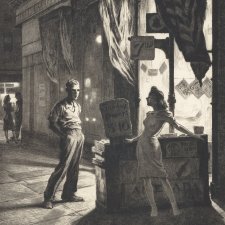
Joanna Gilmour explores the enticing urban shadows cast by artists Martin Lewis and Edward Hopper.
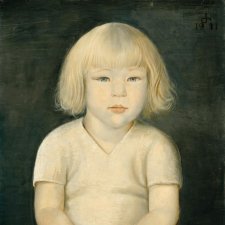
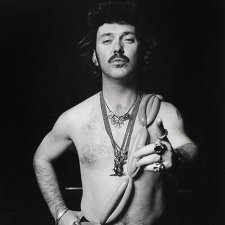
Penelope Grist reminisces about the halcyon days of a print icon, before the infusion of the internet’s shades of grey.

Jean Appleton’s 1965 self portrait makes a fine addition to the National Portrait Gallery’s collection writes Joanna Gilmour.
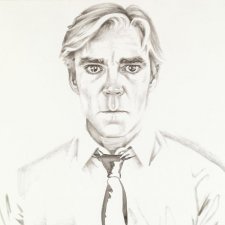
Christopher Chapman absorbs the gentle touch of Don Bachardy’s portraiture.
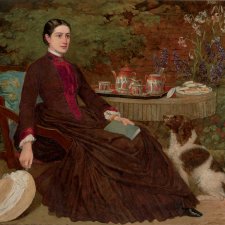
Malcolm Robertson tells the family history of one of Australia's earliest patrons of the arts, his Scottish born great great great grandfather, William Robertson.
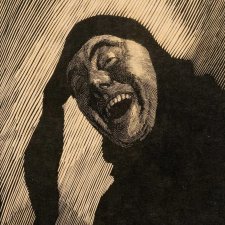
Michelle Fracaro describes Lionel Lindsay's woodcut The Jester (self-portrait).
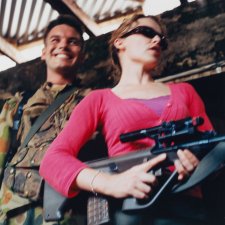
The photographs from Matthew Sleeth's tour of duty series look more like advertisements than images of war.
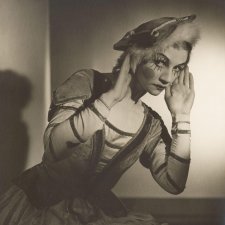
Gael Newton delves into the life and art of renowned Australian photographer, Max Dupain.
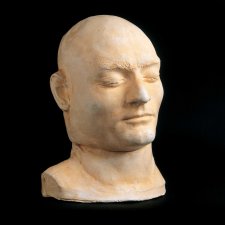
Alexandra Roginski gets a feel for phrenology’s fundamentals.
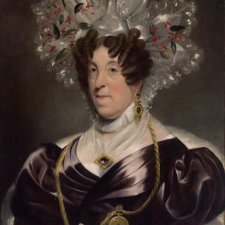
Joanna Gilmour describes how colonial portraitists found the perfect market among social status seeking Sydneysiders.
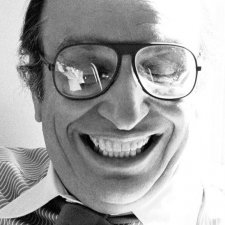
As the National Portrait Gallery opens its exhibition of portrait and figurative work by veteran photographer Sam Haskins, the artist reflects on the highlights of his fifty-year career so far.
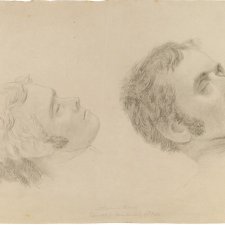
As a convict Thomas Bock was required to sketch executed murders for science; as a free man, fashionable society portraits.
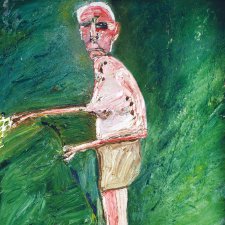
Sarah Engledow previews the beguiling summer exhibition, Idle hours.
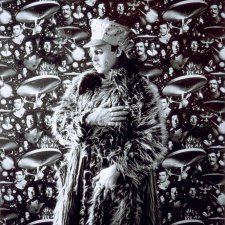
Dr Sarah Engledow writes about the larger-than-life Australian performance artist, Leigh Bowery.
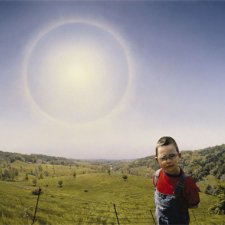
Australia's former Cultural Attache to the USA, Ron Ramsey, describes the mood at the opening week of the revitalised American National Portrait Gallery.
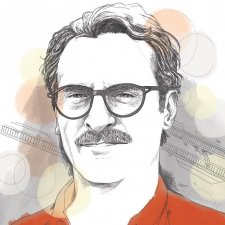
Christopher Chapman ponders our digital identity and selfhood.
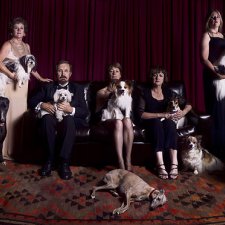
Michael Desmond profiles a handful of the entrants in first National Photographic Portrait Prize and notes emerging themes and categories.
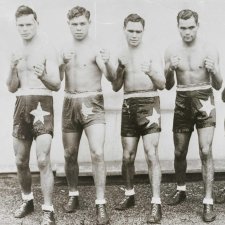
Joanna Gilmour explores photographic depictions of Aboriginal sportsmen including Lionel Rose, Dave Sands, Jerry Jerome and Douglas Nicholls.
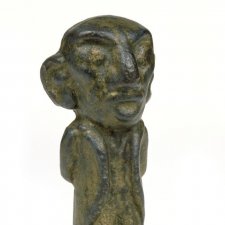
A toast to the acquisition of an unconventional new portrait of former Prime Minister, Stanley Melbourne Bruce.
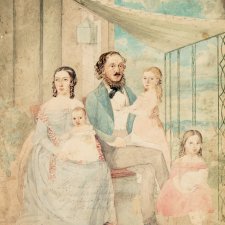
The art of Australia’s colonial women painters affords us an invaluable, alternative perspective on the nascent nation-building project.
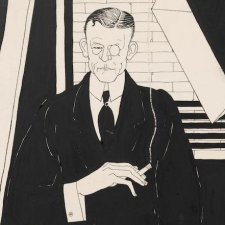
Charles Haddon Chambers the Australian-born playboy playwright settled permanently in London in 1880 but never lost his Australian stance when satirising the English.
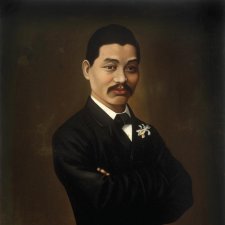
Joanna Gilmour explores the life of Chinese-Australian businessman and philanthropist Quong Tart.
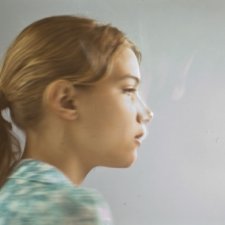
Michael Desmond introduces some of the ideas behind the exhibition Present Tense: An imagined grammar of portraiture in the digital age.
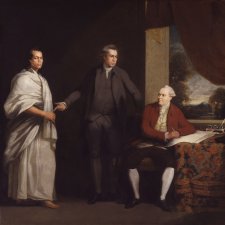
Representations of the inhabitants of the new world expose the complexities of the colonisers' intentions.
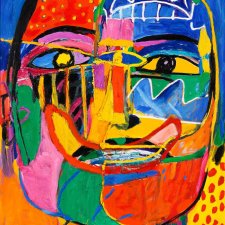
Dr Sarah Engledow writes about the gift of two striking paintings by the Australian artist Ken Done AM.
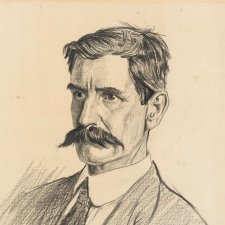
Sarah Engledow ponders the divergent legacies of Messrs Kendall and Lawson.
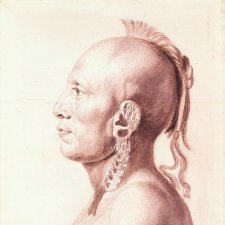
Joanna Gilmour examines the prolific output of Charles Balthazar Julien Févret de Saint-Mémin, and discovers the risk of taking a portrait at face value.
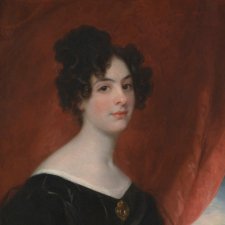
Joanna Gilmour explores the life of colonial women Lady Ellen Stirling, Eliza Darling, Lady Eliza Arthur, Elizabeth Macquarie and Lady Jane Franklin.
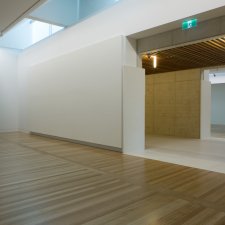
Christopher Chapman highlights the inaugural hang of the new National Portrait Gallery building which opened in December 2008.
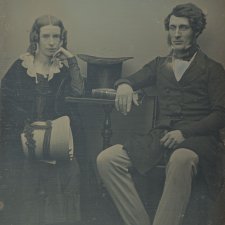
At just 7.8 x 6.2 cm, the daguerreotype of Thomas Sutcliffe Mort and his wife Theresa is one of the smallest works in the collection of the National Portrait Gallery.
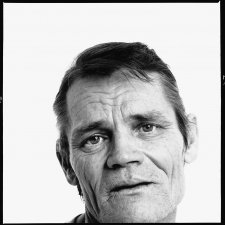
Stephen Zagala discusses Richard Avedon’s work from an Australian perspective.
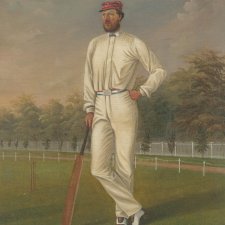
The tragic tale of Tom Wills, the ‘inventor’ of Australian Rules Football.
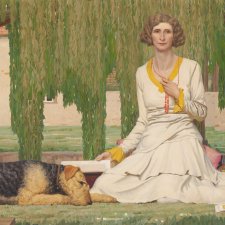
Grace Carroll contemplates the curious case of Christian Waller.
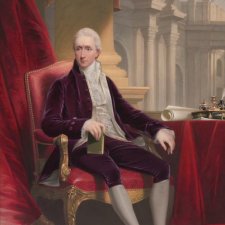
Angus Trumble reveals the complex technical mastery behind a striking recent acquisition, Henry Bone’s enamel portrait of William Manning.
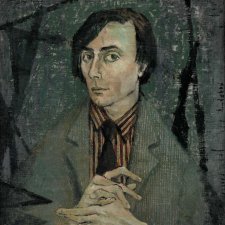
The biographical exhibition of Barry Humphries was the first display of its kind at the National Portrait Gallery.
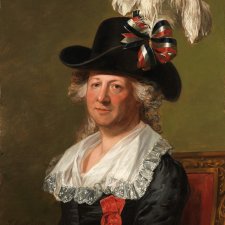
Jane Raffan asks do clothes make the portrait, and can the same work with a new title fetch a better price?
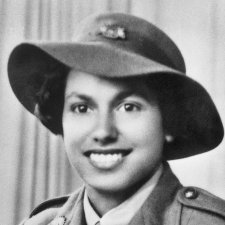
Krysia Kitch celebrates Oodgeroo Noonuccal.
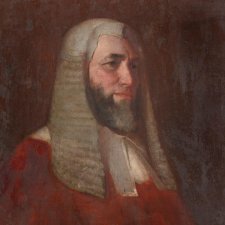
Family affections are preserved in a fine selection of intimate portraits.
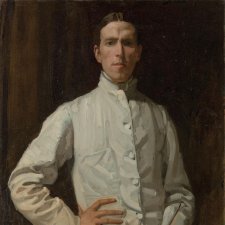
Inga Walton on the brief but brilliant life of Hugh Ramsay.
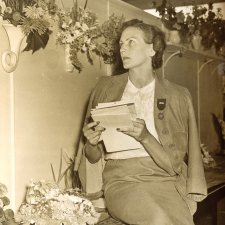
Sarah Engledow lauds the very civil service of Dame Helen Blaxland.
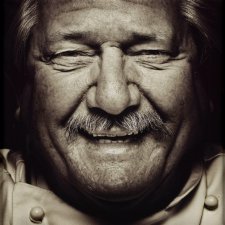
Anne Sanders imbibes Tony Bilson’s gastronomic revolution.
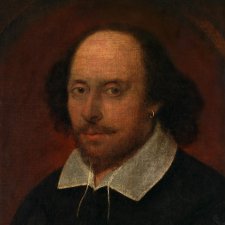
Joanna Gilmour travels through time to explore the National Portrait Gallery London’s masterpieces in Shakespeare to Winehouse.
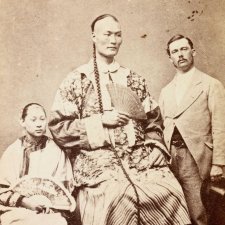
Karen Vickery on Chang the Chinese giant in Australia.
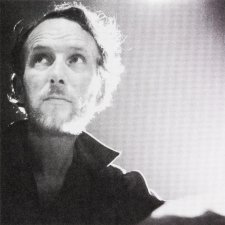
One half of the team that was Eltham Films left scarcely a trace in the written historical record, but survives in a vivid portrait.
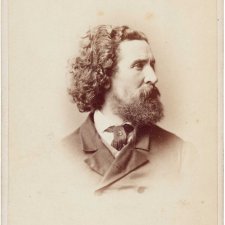
Joanna Gilmour discovers that the beards of the ill-fated explorers Burke and Wills were as epic as their expedition to traverse Australia from south to north.
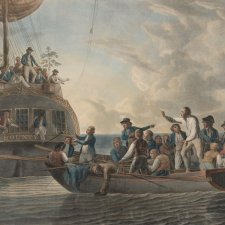
Joanna Gilmour explores the 1790 portrait of William Bligh by Robert Dodd.
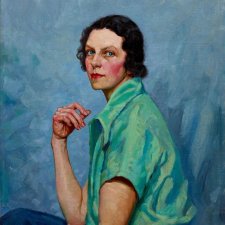
Archie 100 curator (and detective) Natalie Wilson’s nationwide search for Archibald portraits unearthed the fascinating stories behind some long-lost treasures.
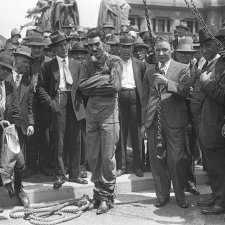
John Zubrzycki lauds the characters of the Australian escapology trade.
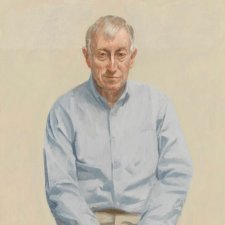
Dr. Sarah Engledow discusses a collection of drawings and prints by the Victorian artist Rick Amor acquired in 2005.
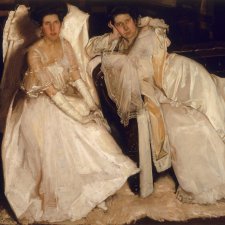
Sarah Engledow is seduced by the portraits and the connections between the artists and their subjects in the exhibition Impressions: Painting light and life.
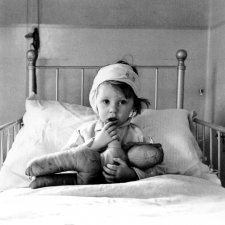
To accompany the exhibition Cecil Beaton: Portraits, held at the NPG in 2005, this article is drawn from Hugo Vickers's authorised biography, Cecil Beaton (1985).
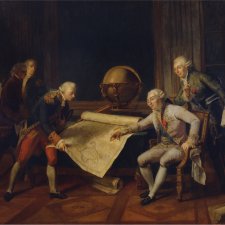
Joanna Gilmour describes some of the stories of the individuals and incidents that define French exploration of Australia and the Pacific.
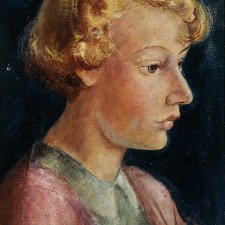
Traudi Allen discovers sensitivity, humour and fine draughtsmanship in the portraiture of John Perceval.
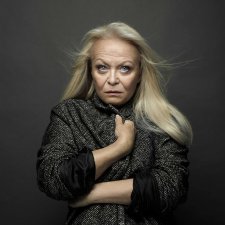
Sarah Engledow trains her exacting lens on the nine photographs from 20/20.
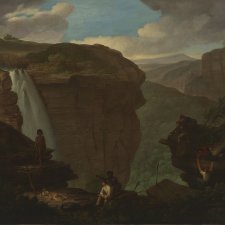
The London-born son of an American painter, Augustus Earle ended up in Australia by accident in January 1825.
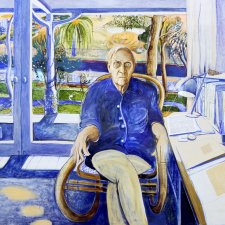
Sarah Engledow describes the fall-out once Brett Whiteley stuck Patrick White’s list of his loves and hates onto his great portrait of the writer.
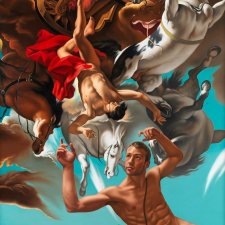
How seven portraits within Bare reveal in a public portrait parts of the body and elements of life usually located in the private sphere.
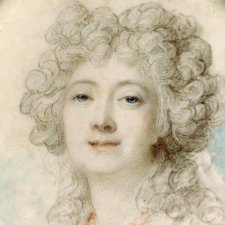
Joanna Gilmour looks beyond the ivory face of select portrait miniatures to reveal their sitters’ true grit.
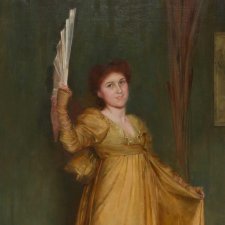
Dr. Sarah Engledow discovers the amazing life of Ms. Hilda Spong, little remembered star of the stage, who was captured in a portrait by Tom Roberts.
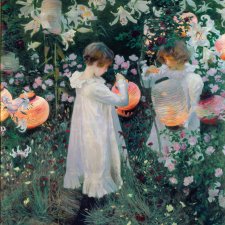
John Singer Sargent: a painter at the vanguard of contemporary movements in music, literature and theatre.
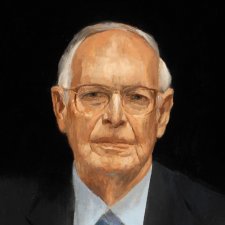
Sarah Engledow casts a judicious eye over portraits in the Victorian Bar’s Peter O’Callaghan QC Portrait Gallery.
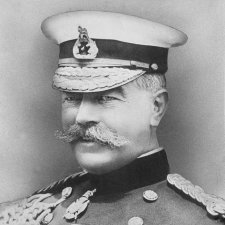
Sarah Engledow bristles at the biographers’ neglect of Kitchener’s antipodean intervention.